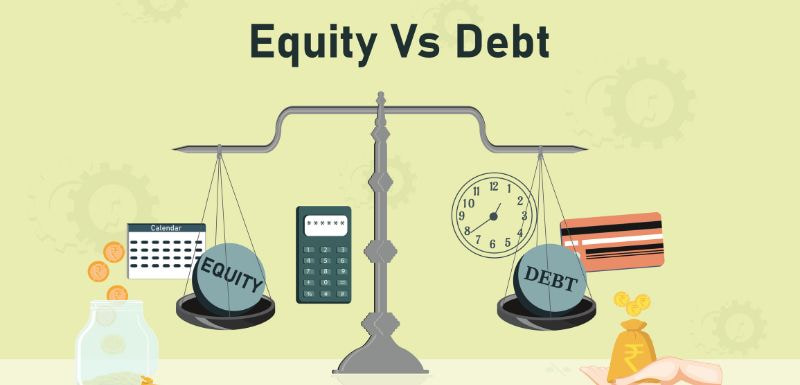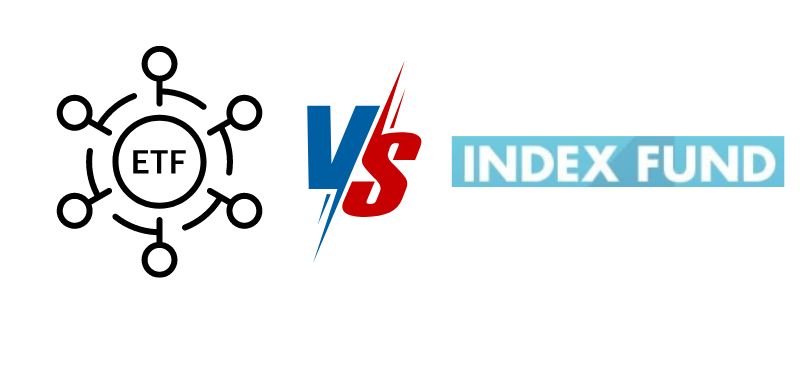3 Tips for Mutual Fund Investors to Invest in Range Bound Markets

Range bound markets can test your patience. But with a clear strategy, guided by your goals—like a Retirement Plan or your Children’s Education Plan—you can make the most of this phase. Here's how to stay ahead even when the NIFTY is moving sideways.
1. Stick to Your Asset Allocation Strategy
A sound asset allocation strategy is your defense in uncertain markets. Spread your investments between equity and debt Mutual Funds to protect your capital and ensure steady growth. For example, investing 30%–50% in debt Mutual Funds can offset the slow equity returns during a flat market.
Consulting a Mutual Fund Advisor helps tailor this mix to your goals and risk profile—whether you're building a Retirement Plan or investing for your child’s education.
2. Don’t Stop Your SIPs—Accelerate if Possible
SIPs (Systematic Investment Plans) thrive in sideways markets. When NIFTY moves in a narrow band, SIPs buy more units at lower NAVs. These extra units add significant value once the market recovers. If your goal is a Children’s Education Plan or retirement in the long run, staying invested is key. A Mutual Fund Advisor can help you determine the right SIP amount and ensure your strategy adapts to market shifts.
3. Master Your Mindset
Impatience is a major enemy in a range-bound market. It’s tempting to switch to fixed deposits or exit your portfolio, but that could mean missing the upswing. Equity Mutual Fund returns are non-linear—what feels stagnant now could boom next year. Let your goals guide your behavior. One needs to stay disciplined and focused, reinforcing why Mutual Funds are a long-term play—even when the short term looks dull.
FAQs
1. How are Mutual Fund investments beneficial in a falling or range-bound market?
Mutual Fund investments help you accumulate more units at lower NAVs during falling or range-bound markets. Over time, when markets recover, these units appreciate significantly. This compounding effect boosts long-term returns. Maintaining the right asset mix and selecting funds and ensuring your investments continue to grow steadily even in volatile conditions is a very critical aspect of investing in Mutual Funds.
2. Should I continue my SIP in Mutual Fund in a falling market?
Yes, continuing your SIP in a falling market is crucial. It allows you to benefit from rupee cost averaging, buying more units at lower prices. When the market recovers, these accumulated units enhance your returns. A Mutual Fund Advisor can help assess your risk tolerance and keep your SIP aligned with your financial goals, preventing emotional decisions during temporary market dips.
3. My son will turn 18 in 10 years. How can I make sure that I am able to fund his higher education with my SIP?
Start a goal-based SIP focused on your son’s education. Choose a combination of equity and hybrid Mutual Funds, gradually shifting to safer assets as the goal approaches. A Financial Advisor can help you create a customised Children’s Education Plan, adjusting contributions and fund choices along the way to ensure you reach the required corpus by the time he turns 18.
4. How can a Mutual Fund Advisor help me invest during range-bound markets?
A Mutual Fund Advisor or a Financial Advisor helps you stay focused on your long-term financial goals when markets lack direction. They recommend optimal asset allocation, suggest suitable Mutual Funds, and help avoid impulsive decisions. In a range-bound market, their expertise ensures your investments stay on track—whether you're building a Retirement Plan or planning for your child’s education—by aligning strategy with market conditions and personal risk tolerance.
Your Investing Experts
Relevant Articles
How To Select The Best Mutual Funds For Long Term Goals
Mutual funds offer a compelling way to invest for long-term goals, leveraging professional management and diversification to potentially achieve significant returns. But with a vast array of options available, selecting the best mutual funds for the long term can feel daunting. This guide will equip you with the knowledge to confidently navigate the mutual fund landscape and learn how to select the best mutual fund aligned with your long-term aspirations.
Understanding Debt and Equity Funds: Key Differences and Benefits
Investors can choose from different types of mutual funds depending on factors like investment time horizon, return expectation, lock-in period, taxation, risk involved, etc. You can look at equity funds for growth and debt funds for stability. In this article, we will understand what are equity funds and debt funds, the difference between equity and debt mutual funds, and things to consider before choosing these funds.
ETFs Versus Index Funds: What Are the Differences, and Which One Should You Choose?
In the last few years, there has been a rise in passive investing due to factors like diversification, low costs, wide availability and choice of passive funds, ease of investing, etc. When it comes to passive investing, there are two ways of doing it. Exchange traded funds (ETFs) and index funds. In this article, we will understand what are ETFs and index funds, the differences, and which one you should choose.
.png)


